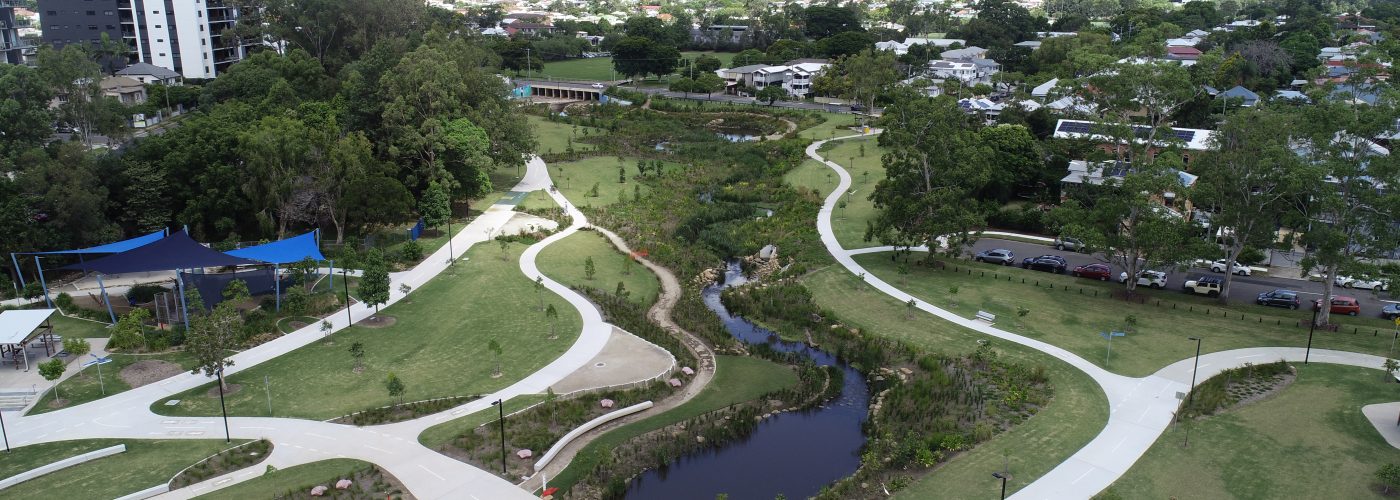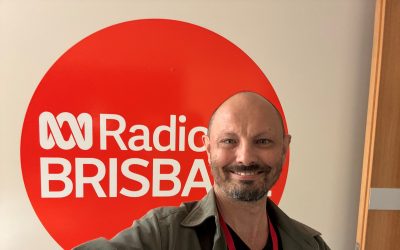2017 Australian Water Association North Queensland Regional Conference

Michael Lawrence is pleased to be presenting at the 2017 Australian Water Association North Queensland Regional Conference this week. The Australian Water Association (AWA) provides information, services, programs and events that allows members to connect, communicate and engage with the water industry. The two-day conference will revolve around the theme “From Construction to Production, How to Improve Efficiencies.”
Michael is a Principal Scientist at Bligh Tanner and heavily involved in expanding the firm’s expertise in water quality management. He works closely with remote communities and councils throughout Australia conducting audits on drinking water to ensure the protection of public health.
Michael is presenting a paper with fellow Bligh Tanner Senior Scientist, Sean Hinton, on Health Based Targets, Risk Assessment and the Difficult Task of Communicating Future Options.
The Australian Drinking Water Guidelines (ADWG) presents a framework for ensuring safe drinking water. This framework is not necessarily being implemented in the current form by all drinking water providers. The ADWG is under a “rolling revision” to improve the recommended standards; the latest proposed revision is a to introduce what is called Health Based Targets (HBTs).
Essentially HBTs say that if you have a certain level of pathogen (disease) risk in your water supply catchment, you need sufficient treatment to lower the risk to an acceptable level. The difference is that with HBTs there is now a way to quantify the acceptable level of disease from drinking water, (much lower than normal community burden of those diseases), and to describe how to operate the treatment barriers in a way to ensure that disease risk is managed.
This presentation shows how to assess catchment risks using the HBT framework, and to then assess the effectiveness of water treatment barriers. Where the treatment available matches or exceeds the treatment requirement, the supply is safe. Where is a significant shortfall In the ability of the water treatment plant to remove pathogens, the supply may be considered to be unsafe.
We then apply these principles to 8 drinking water treatment plants. 2 of the water treatment plants (following improvement works identified 3 years ago) now exceed the treatment requirements and are unquestionably safe. However, the remaining 6 water treatment plants, which represent typical smaller or more remote supplies each have significant shortfalls to the point that, on strict application of the HBT framework, are unsafe.
EDIT
Congratulations to Michael who won best paper at the conference on Friday!

